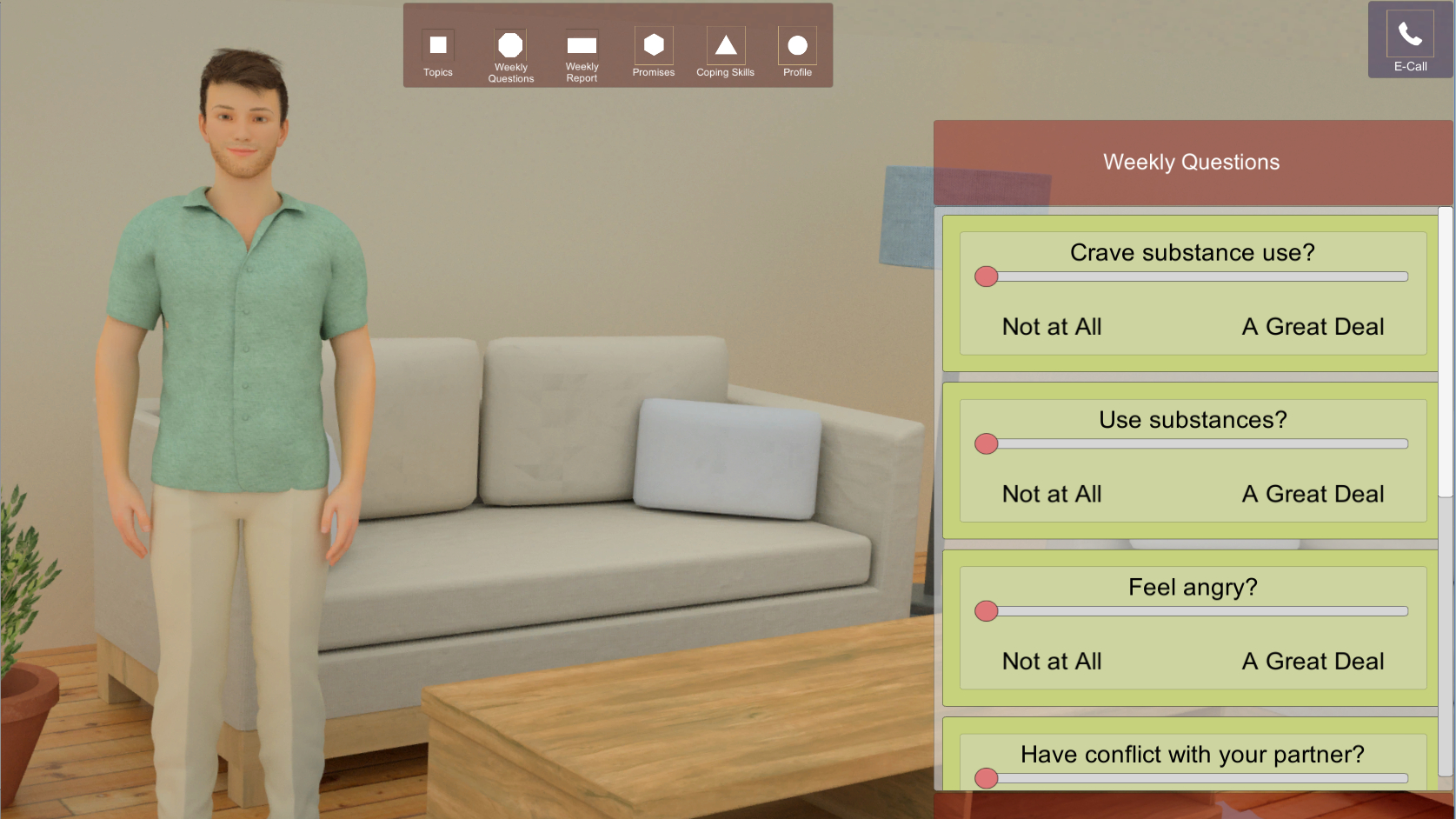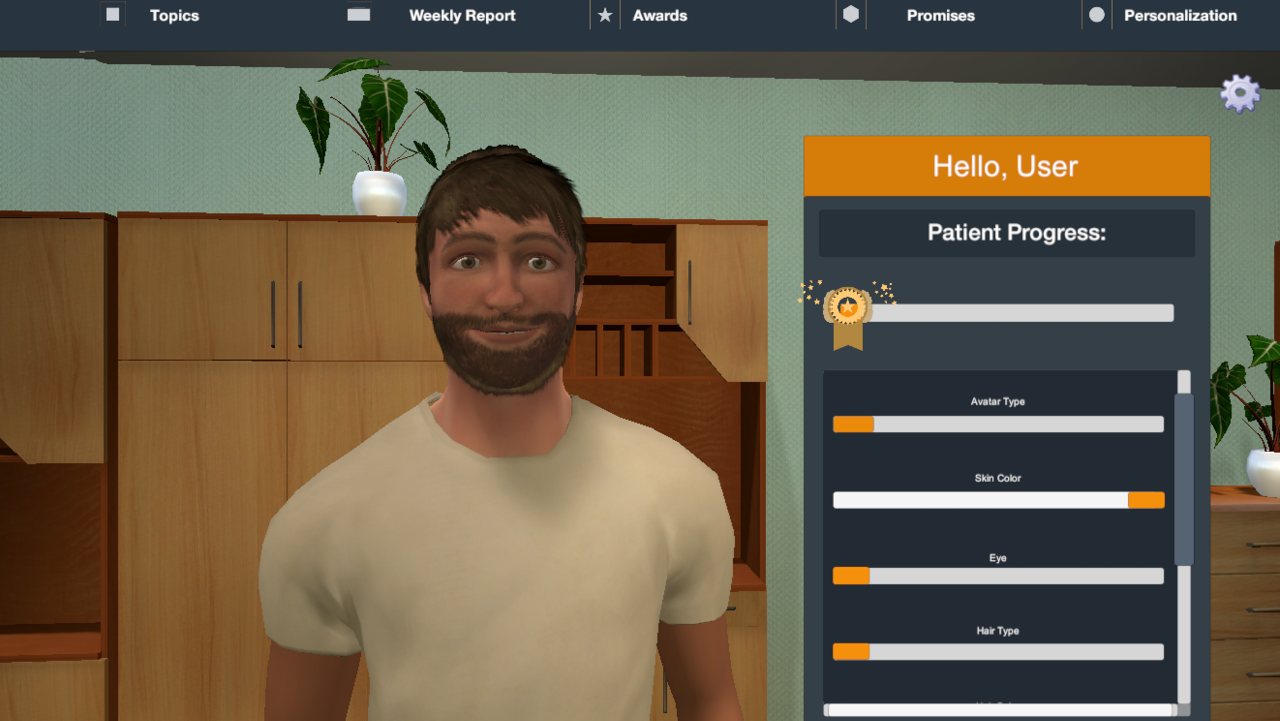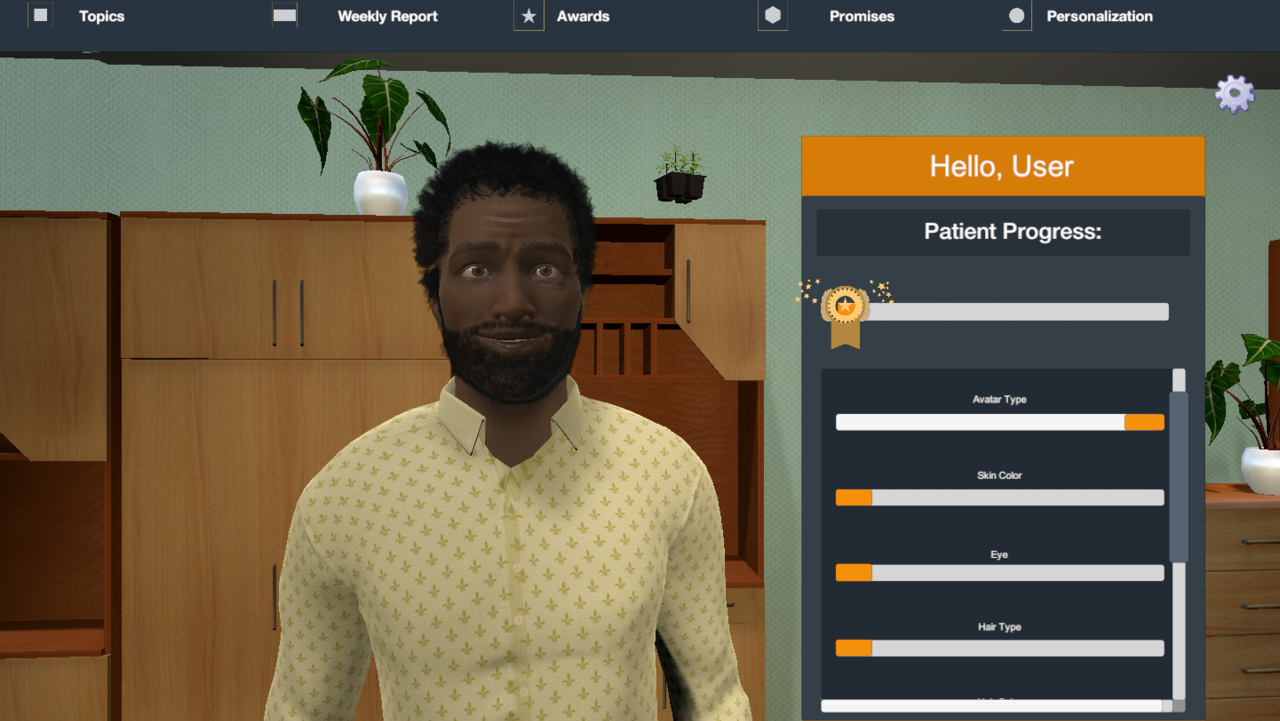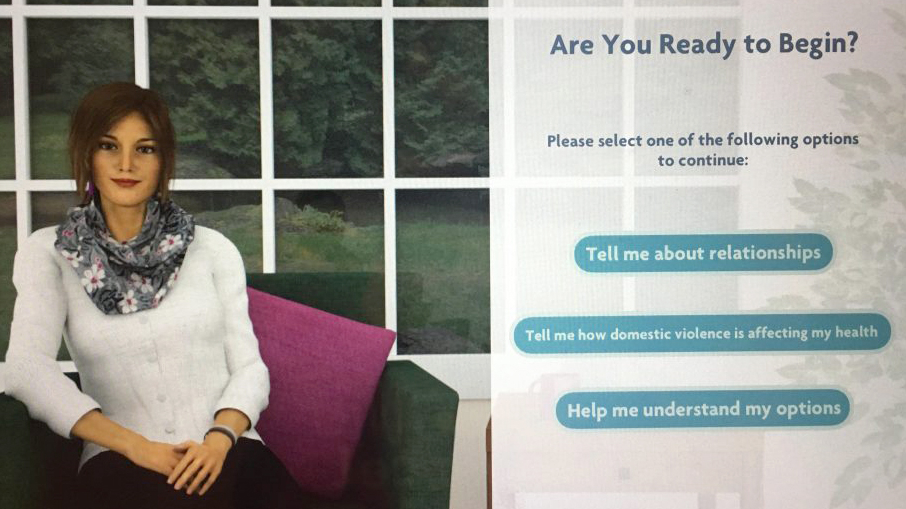Research
- RIT/
- Easton Lab/
- Research

The main goal of our research lab is to use advancements in evidenced-based care and technology to help reduce addiction and conflict among families where addiction and aggression are prevalent. Addiction and family violence tend to be multi-generational and the negative consequences to families are devastating. We strive to adapt or create platforms that increase treatment fidelity, are personalized, integrated, efficient, and cost-effective.
Mission
To Use Science and Innovations in Technology to Combat Addiction and IPV.
Background
Addiction and domestic violence are public health concerns that contribute to the burden of disease and psychiatric disorders across the world. Addiction and domestic violence often co-occur and require targeted interventions to help improve treatment outcomes among this population.
Our research lab implements a programmatic series of studies that assess’ and treats both addiction and aggression across the following populations:
- Substance dependent offenders of intimate partner violence (IPV)
- Substance Abusing At Risk Juveniles who are aggressive
- Survivors of IPV who are substance dependent and have co-occurring trauma
- Veterans who have co-occurring addiction and IPV
Methods
Study and Integrate Evidenced Based Approaches w/Technological Advancements Across Simulation, Virtual Reality, Avatar Assists and Artificial Intelligence.
Clinical Populations: Direct Assessment and Clinical Therapeutic Trials with Clients Entering Addiction Treatment and/or Medical Care Environments.
K-12 Outreach using Virtual Reality, Augmented Reality and Simulation to Prevent Substance Abuse and Aggression among K-12 Students.
Research Projects
Using Avatar Assisted Digitized Platforms to Assess and Treat Addiction and Family Violence
We strive to adapt or create platforms that increase treatment fidelity, are personalized, integrated, efficient, and cost-effective. The results from one of our NIH funded clinical trials showed that our integrated model of CBT led to significant improvements in treatment outcomes among substance-using offenders of IPV. Concurrent with advances in digital CBT programming, our lab developed and offers other digitized versions of CBT to address specific therapy content unique to IPV related-problem behaviors. Digitized and/or computer-assisted CBT programs are evolving and showing consistent effectiveness across various psychiatric disorders.
Our lab continues to study, refine, and test out these digitized platforms in clinical trials at addiction treatment facilities and general medical practices.
RITa®, a digitized interactive platform that assess’ for victimization of intimate partner violence with built in algorithms. This platform was develop to improve screening methods for IPV and to intervene. This program flags medical professionals to intervene to discuss levels of interventions that survivors of IPV may need
Data Privacy Statement
For more information about RITch data privacy please click here.
Designing a hologram for Sim Man. Sim Man is a human looking machine that can be programmed to illustrate disease states, programmed to talk and has both vocalizations and eye movements. The Sim Man lacks realistic looking facial expressions and skin tones. The Hologram project will bring Sim Man to life and allow for head movements, eye contact, and direct, immediate reactions to questions by projecting a realistic looking interactive face onto Sim Man. This will allow the students to interact with a modern and more realistic looking ‘standardized patient via the Sim Man mannequin.’

Designing wearable devices for standardized patients. Wearable devices can be programmed for different cardiovascular, respiratory, cardiac, and digestive system conditions that could be detected and evaluated. This would allow the students to interact with realistic disease states’ and responses of ‘standardized patients via a human role play’’ as opposed to standardized human role plays that lack realistic & measurable disease states.





